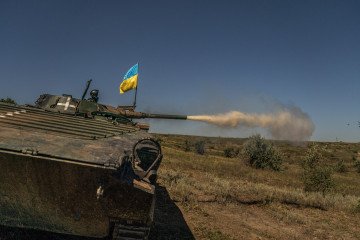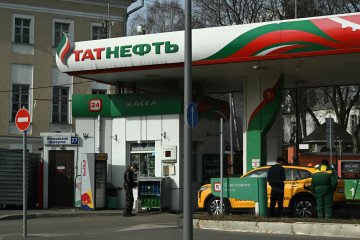- Category
- Latest news
Ukraine Reports Ecological Devastations at Russian-Occupied Askania-Nova Natural Reserve
-e9741820e2e6ae707a4721c51bed36e4.jpeg)
The Askania-Nova nature reserve, located in the Kherson region, Ukraine, within the Taurida steppe near Oleshky Sands, suffered immense damage at the hands of Russian occupation forces. While the reserve’s director, Viktor Shapoval, denies its complete destruction, he acknowledges significant losses.
According to Shapoval, over 20 animals have been illegally transported to Russia and Crimea, and a substantial portion of the reserve’s steppe has been ravaged by fires.
“To date, 20 animals have been exported to Russia and the temporarily occupied territory of Crimea. Some of the animals died due to neglect, the lack of qualified scientific support, and veterinary care. A large part of the reserve’s steppe—more than 2,000 hectares—burned down as a result of fires of various nature,” Shapoval explained.
These claims have been documented by a special commission under the Kherson Regional Military Administration and the State Inspectorate, with multiple criminal investigations underway. “A number of criminal proceedings have already been opened,” Shapoval stated.
Reports from within the occupied territories suggest that the situation at the Ascania-Nova nature reserve remains dire. One source close to the matter confirmed, “Yes, it is true, they are destroying it. The last thing I heard was that they were taking animals to Crimea and Russia. That is, we can say that the reserve no longer exists. They robbed it completely.”
Previously, UAnimals, a Ukrainian animal rights organization, published disturbing photographs from a volunteer in the occupied part of the Kherson region. The images show Russian soldiers posing with dead animals, including a red hare, a common pheasant, and a male red deer.
Vitaliy Smagol, a researcher at the Schmalhausen Institute of Zoology, confirmed the identification of these animals. While the exact location of the photos remains unclear, analysis confirms that they were taken in the Kherson region.
Before the full-scale invasion, red deer herds were known to inhabit the Ascania-Nova nature reserve and the Azov-Syvash National Park.
The images provide evidence of the ongoing destruction of Ukraine’s natural heritage. The organization condemned these acts, stating, “These photos are another confirmation that the Russians are killing all living things in Ukraine and committing real ecocide. During the full-scale invasion, approximately 20% of nature conservation areas in Ukraine were affected by hostilities. It is impossible to estimate how many animals died there because of the occupation.”
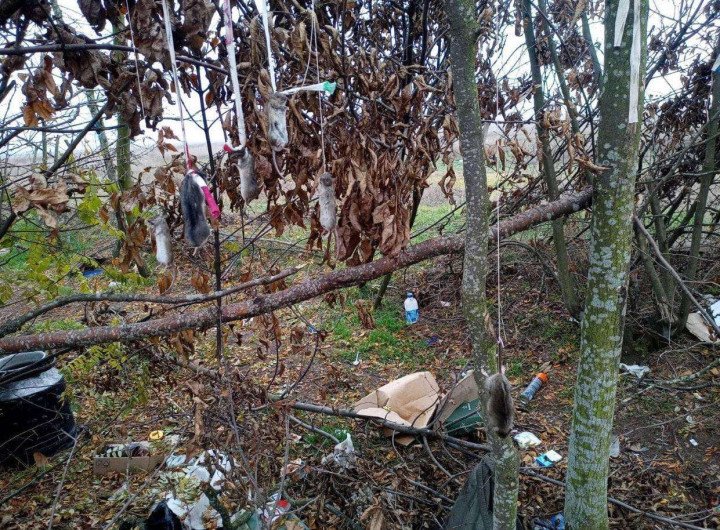
Additionally, the consequences of the destruction of the Kakhovskaya Hydroelectric Power Plant (HPP) by Russians in 2023, would have long-term ecological effects, according to Oleksandr Prokudin, head of Kherson Regional Administration. “We will feel the consequences for a long time. There is no irrigation, and the area is dry where the water from the reservoir does not reach.
“Reserves were flooded, we lost a lot, and we will feel this for a long time. But life and nature continue to develop, let’s see what happens next,” he added.
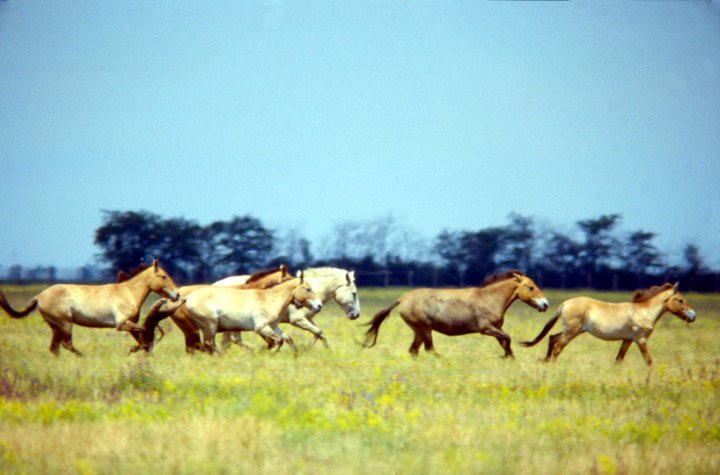
Askania-Nova natural reserve is part of the UNESCO Man and the Biosphere Programme. It focuses on preserving native steppe habitats and endemic species, while also caring for rare and exotic animals from around the world. The reserve is also a research institute under the Ukrainian Academy of Agricultural Sciences. It includes over 33,000 hectares (81,000+ acres) of grassland for herds of ungulate mammals, a zoological park, and botanical gardens featuring a wide variety of plant species, along with an area of untouched steppe.
-ba02b3bc86f0b624f99115809a6a34d0.jpg)

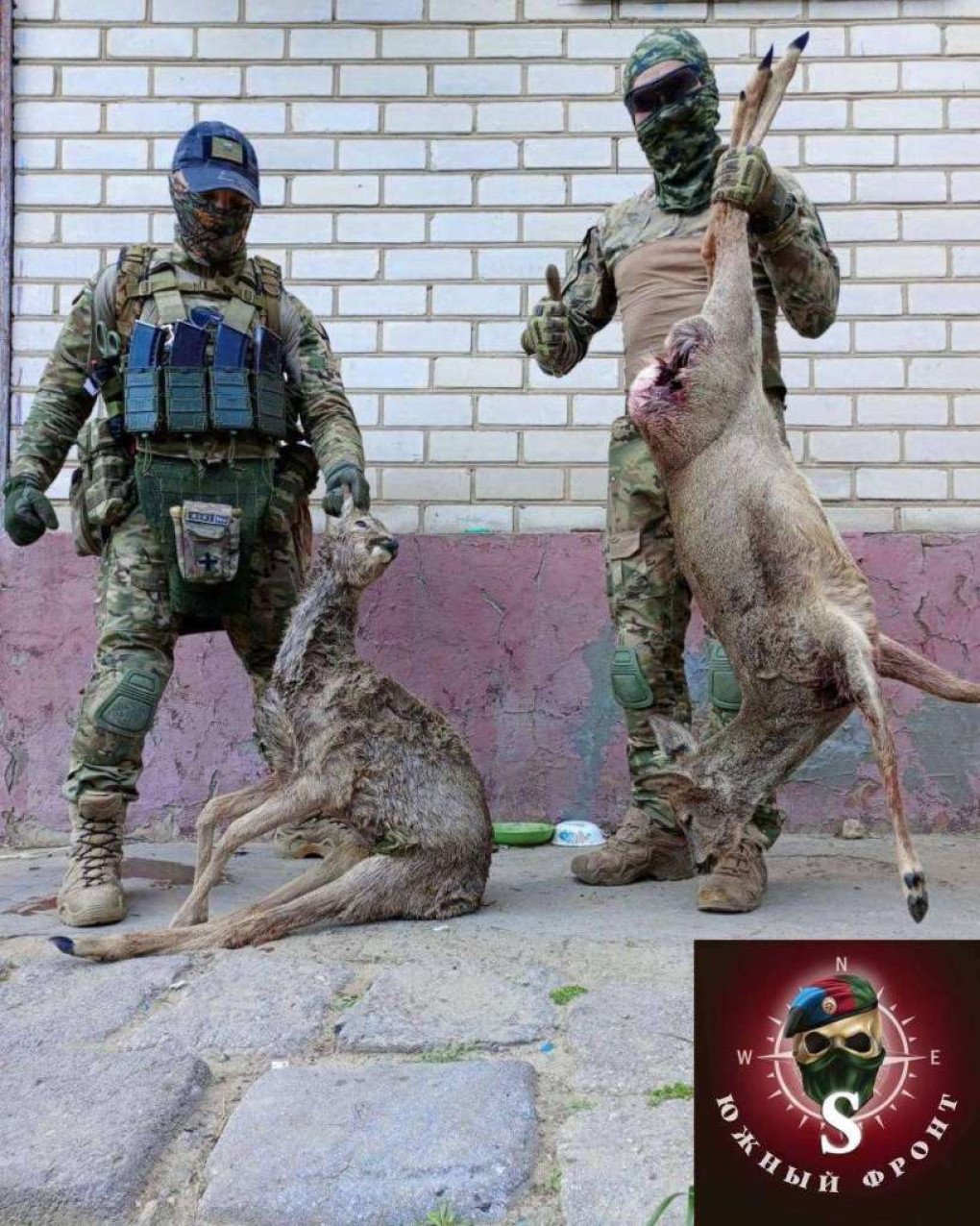
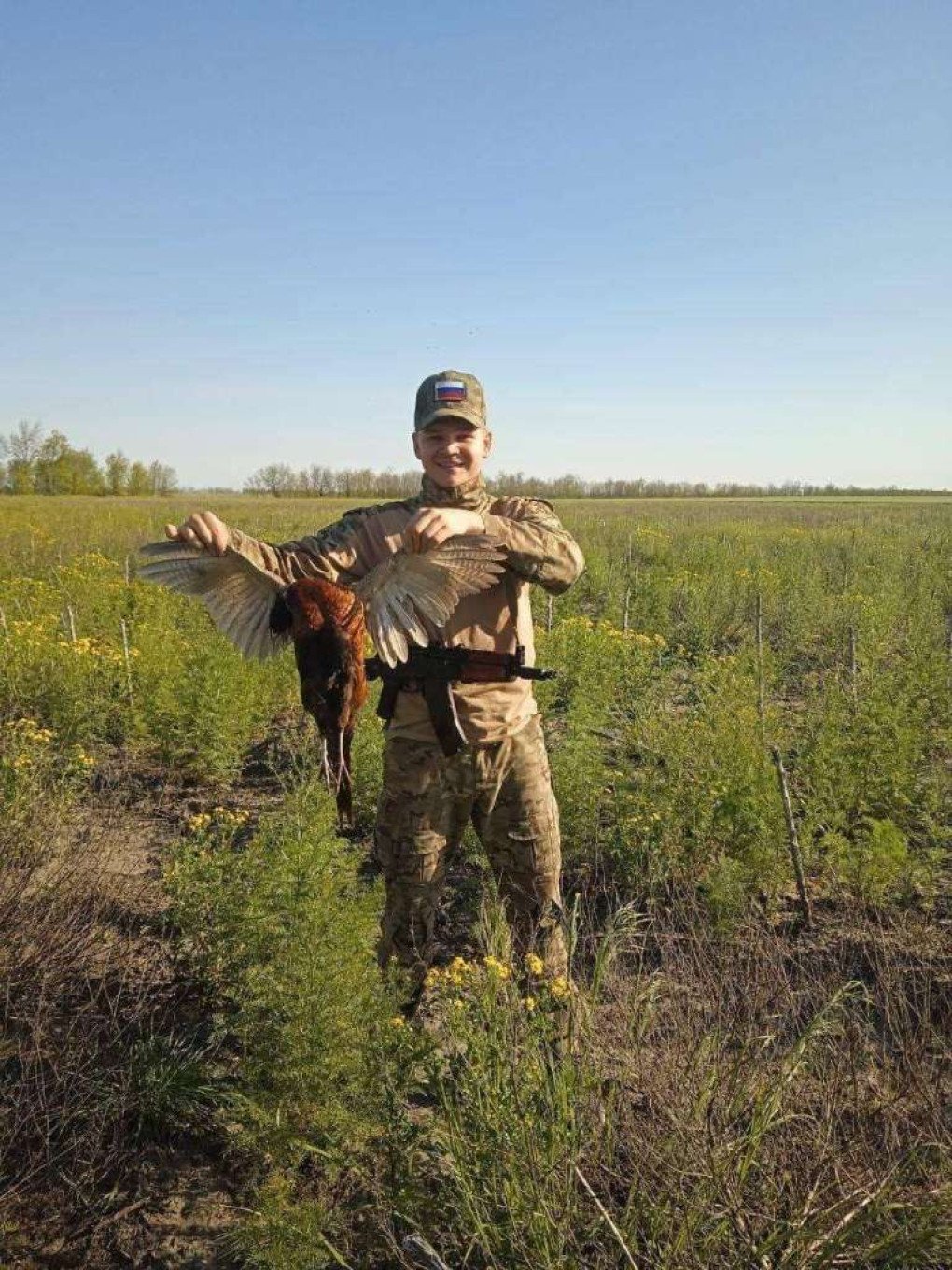
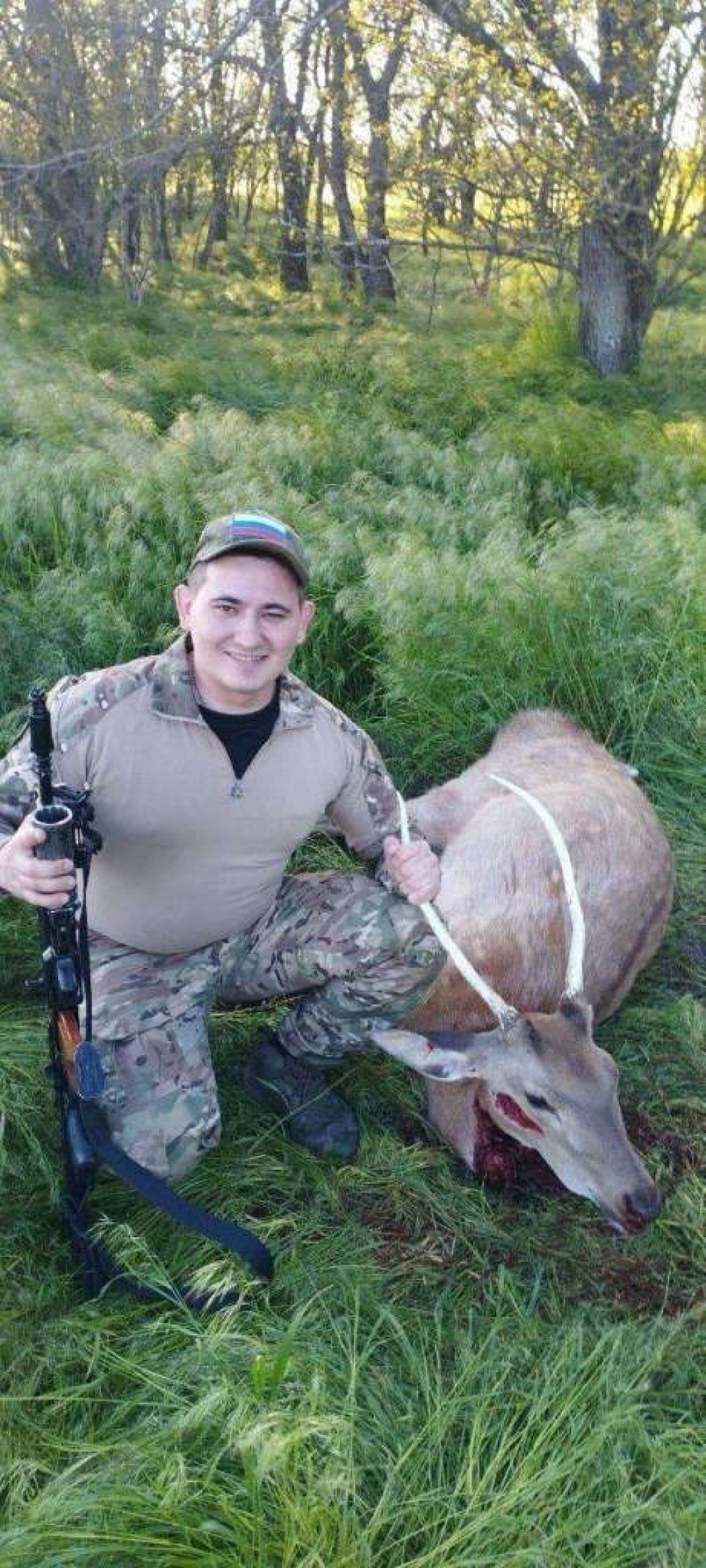
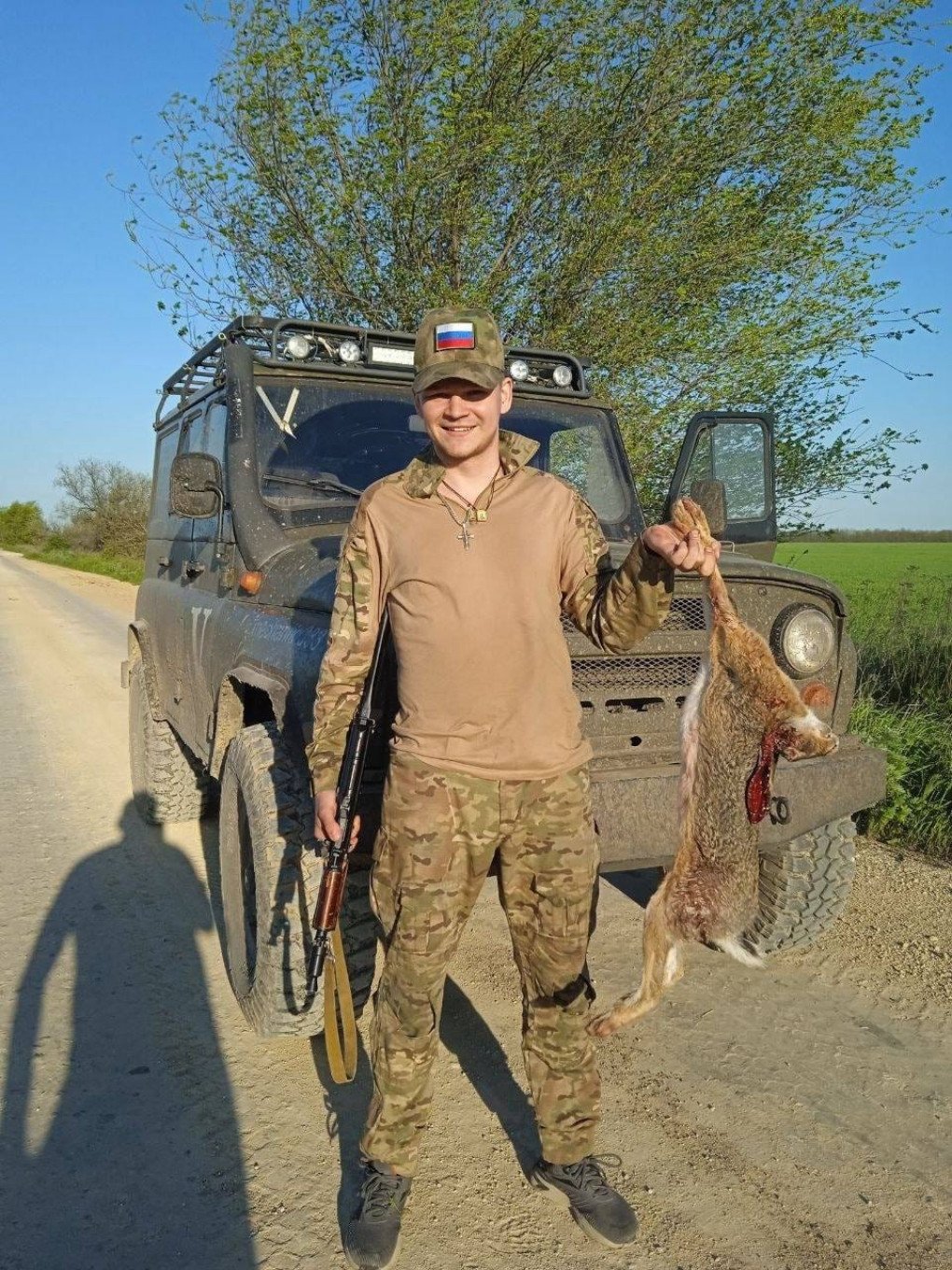
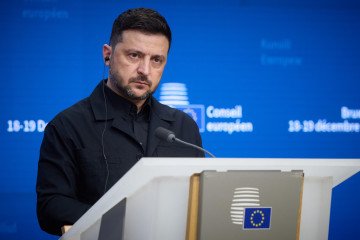


-72b63a4e0c8c475ad81fe3eed3f63729.jpeg)
